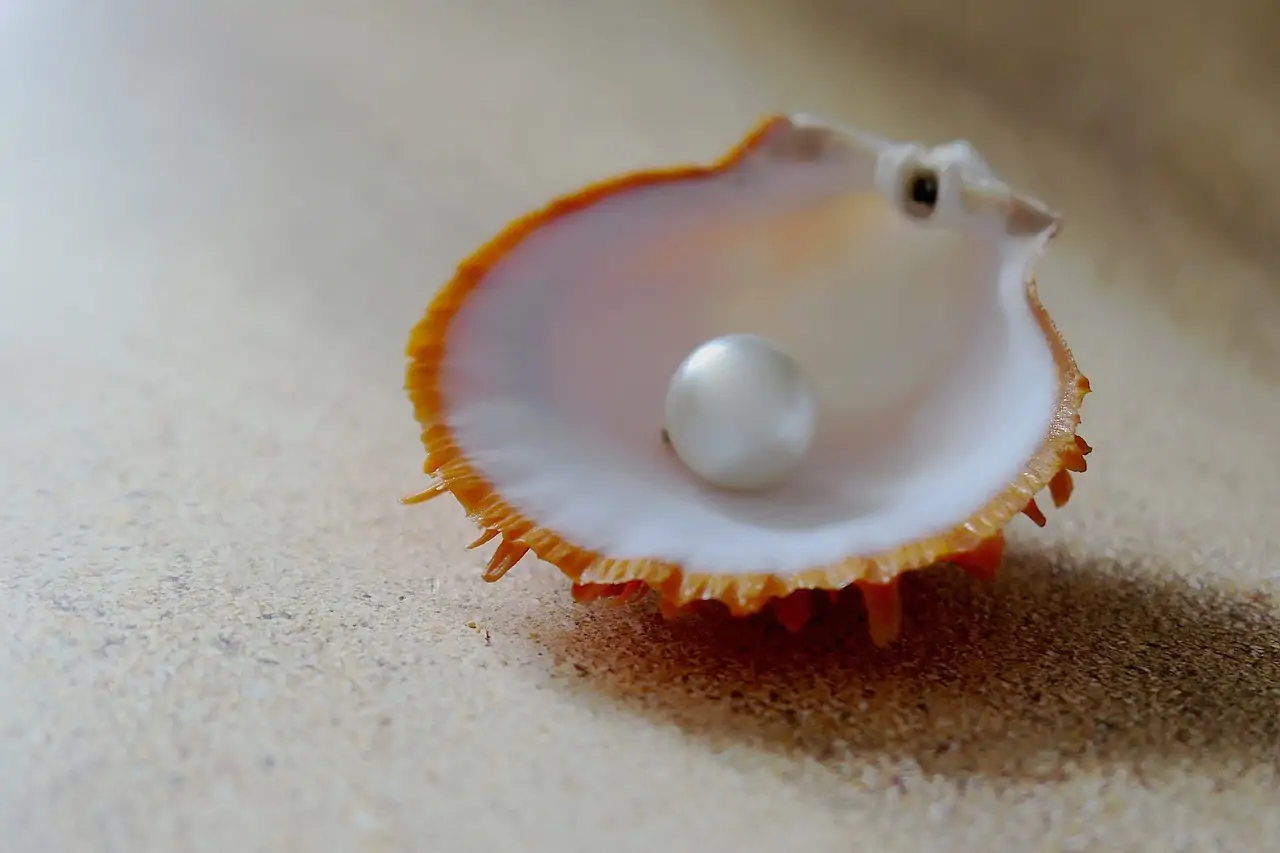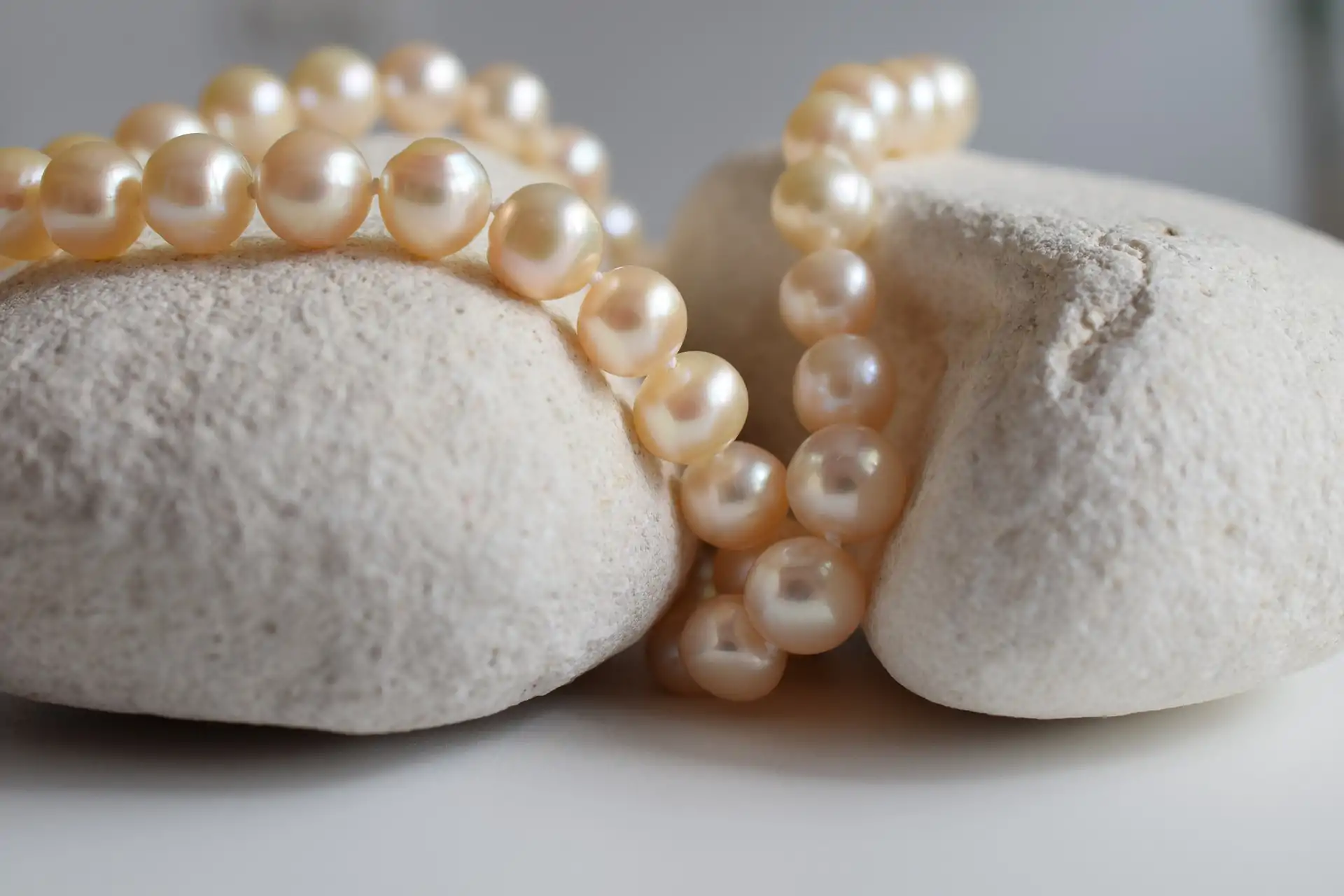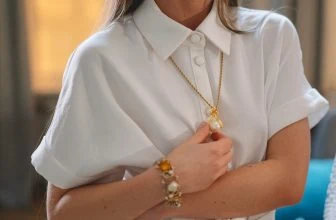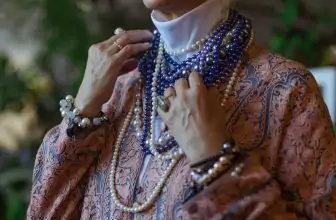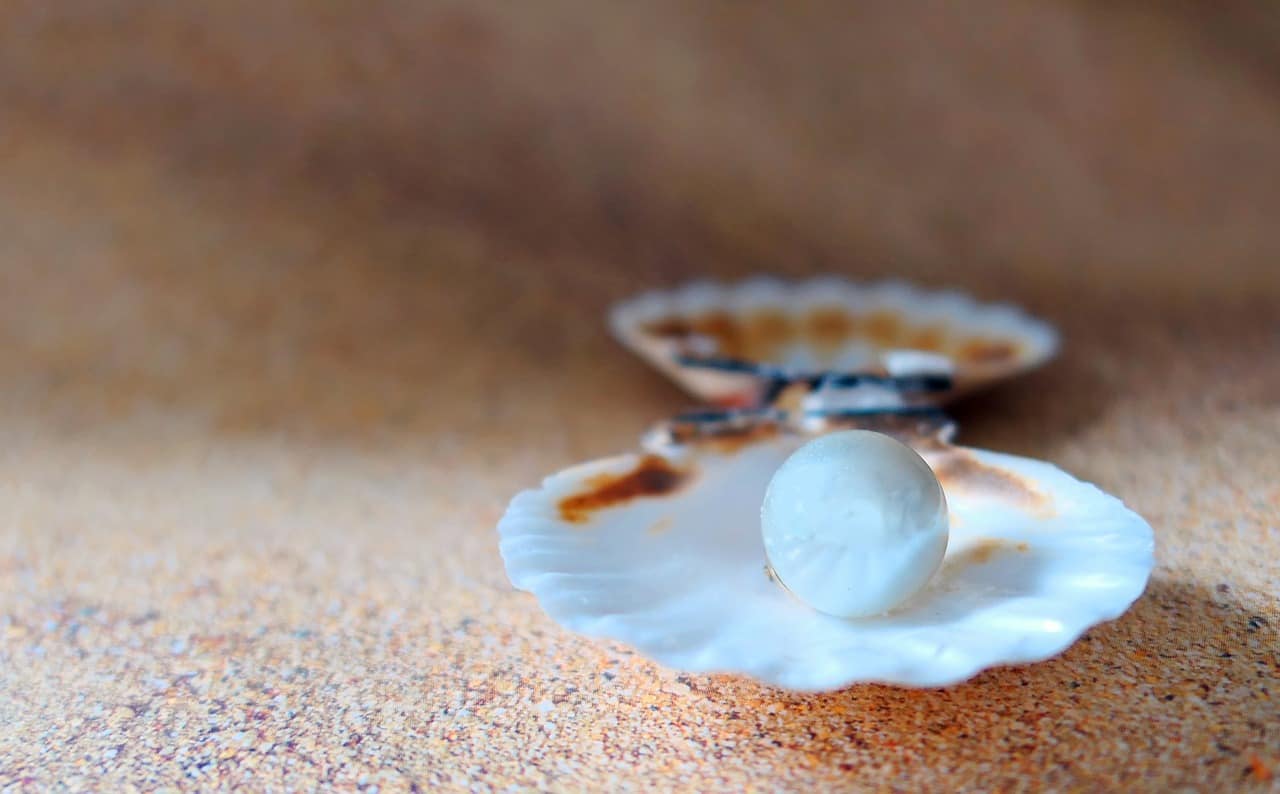
Table of Contents
As Jewelry Shopping Guide editors, we write about things that we love and we think you’ll like too. We often have affiliate partnerships, and may generate some revenue from these links at no cost to you.
Pearls have the distinction of being the oldest gemstone known to humans and have been worn, valued, and coveted since time immemorial. The oldest piece of pearl jewelry dates back to 420 BC and comes from Persia, while mother-of-pearl was used as adornment over 10,000 years ago!
For millennia, pearls were the most valued and desired gemstone and known as the Queen of Gems. Whether in art or in religion, pearls have had cultural significance around the world. They are a symbol of purity, innocence, elegance, and femininity.
In recent history, pearls have had some fluctuations in popularity, due in part to the advancement in science and technology and changes in fashion tastes. But this beautiful gemstone has risen again and remains a timeless classic.
Let’s take a look at the history of pearls, which, like the gemstone itself, is fascinating!
Pearl History Around the World
It’s difficult to pinpoint the exact time when pearls began to be seen as a gemstone because it was valued as a gem before written history. What we do know is that pearls have been prized around the world since before written records and held a prestigious position regardless of location. Let’s take a brief look:
1. Pearls in Persia
Before the process of culturing pearls began, the most abundant location for natural pearls was the Persian Gulf. There were enormous quantities of natural oyster beds here which produced beautiful saltwater pearls. Before the discovery of oil in this region, pearls were a profitable natural resource for Persia.
For the Arabs, pearls had religious significance, as it was one of the most precious things mentioned there. The Quran states that pearls are a treasure that is given in heaven to believers along with gold. It was believed that pearls were formed by drops of dew that had been swallowed by oysters.
2. Pearls in China
Chinese history first mentions pearls around 2300 BC. For the Chinese, pearls were the ideal gift for royalty. It was highly prized and prestigious, worn mainly by the upper echelons of society. Pearls were a symbol of purity for the person wearing them. China has a long, rich history in both saltwater and freshwater pearls and today is the largest cultured pearl producer in the world.
3. Pearls in Rome
In Rome, pearls were seen as a symbol of status, so much so that a law was passed stating that only the nobility and the ruling class would be allowed to wear pearls. It is said that Julius Caesar invaded Britain and went after the freshwater pearls there. Pearls were a highly valued commodity used for trading and owning pearls gave you status and prestige.
4. Pearls in Egypt
In Egypt, for a long time, the mother of pearl seems to have been more in demand than the actual pearl itself. Mother-of-pearl refers to the shell of the mollusc which is made of the same material as pearls and has similar iridescence and luster. However, pearls began to be considered valuable roughly around the 5th century BC.
Cleopatra, Queen of Egypt, was known to have a love for pearls. Pliny writes, “There have been two pearls that were the largest in the whole of history; both were owned by Cleopatra”. Legend has it that in order to impress Marc Antony with the wealth of Egypt, Cleopatra dissolved one of these two pearls in a glass of vinegar and drank it, proving that she could hold the most expensive banquet.
5. Pearls in Central and South America
Pearls were discovered in Central and South America when the Spanish explorers found their way there in the Middle Ages. This led to what became known as the Pearl Age. These pearls were harvested and taken back to Europe to meet the high demand there.
6. Pearls in Europe
During the Middle Ages, pearls were carried into the battlefield, as they were thought to provide protection to the wearer. In Western Europe, the desire for pearls continued to escalate and by around the 1800s, the supply of pearls could not meet the demand for them. The royals in the British court had a penchant for pearls and many historical paintings of this time period show them wearing pearls.
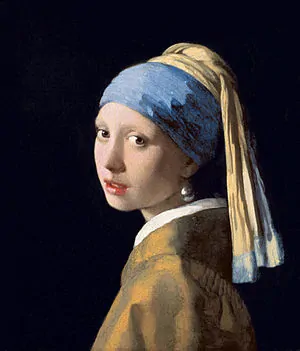
7. Pearls in North America
In the 19th century, freshwater pearls were found in Mississippi, which led to a frenzy in pearl hunting. Some compare this to the gold rush of 1849 in California. The demand was not only for pearls but also for the mother of pearl shell which was used to make buttons. However, the supply of mussels dwindled due to overfishing and the industry could not sustain itself.
Obtaining Natural Pearls
Pearls are different from other gemstones in that it is an organic substance, created by a living creature. Other popular gemstones like diamonds, sapphires, and emeralds, are rocks that are mined from the earth. Pearls are the most popular and widely used organic gemstone. They are formed by either oysters or molluscs that grow in saltwater and freshwater respectively.
Natural pearls occur very rarely and are created when an irritant accidentally finds its way into an oyster or mussel. Cultured pearls are formed when a highly skilled technician implants a nucleus into the creature. From then on, the process is the same, regardless of whether the process is natural or cultured. The creature continues to coat the foreign body with layer upon layer of nacre until gradually the pearl is formed.
Before the process of culturing pearls was invented, the only way to obtain pearls was by skilled pearl divers diving into deep waters, sometimes over 30 meters in depth, to bring up the oysters. As you can imagine, the chances of there being a pearl in the oyster were very slim and tons of oysters would have to be brought up simply to find a few pearls. It is easy to see why natural pearls were so exclusive and highly-priced. It is said that in 1917, Pierre Cartier bought his company’s premises in New York’s Fifth Avenue, paying with a hundred dollars in cash and a two-strand natural pearl necklace that was valued at $1 million!
Today, natural pearls remain one of the rarest gems in nature with the supply of natural pearls almost totally exhausted. The value attributed to natural pearls is reflected in the record-breaking prices they fetch at auctions. For example, the La Peregrina which belonged to Elizabeth Taylor sold for a record-breaking sum of $11 million dollars in 2011.
The Rise of Cultured Pearls
The process of successfully culturing pearls began with Kokichi Mikimoto, a Japanese man who successfully cultivated pearls. His process involved implanting a mother of pearl bead within Akoya oysters to stimulate the secretion of nacre and the formation of a pearl. In 1921, the first cultured pearls hit the market.
This caused a revolution in the pearl world.
For the first time, pearls could be procured without the need for divers scraping the sea bed for them. Mikimoto made pearls accessible to everyone, and as pearl cultivation continued to grow and advance, the quality of cultivated pearls increased while the costs remain low for consumers. For the first time, the average person could afford to own and wear pearls.
Today the name Mikimoto is synonymous with high-quality pearls and remains a luxury pearl brand, but ironically, during the early stages of cultured pearls, Mikimoto had to defend his cultured pearls against the perception that they were ‘fake pearls’.
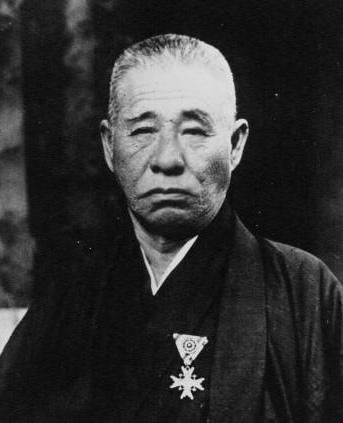
Cultured pearls are not ‘fake’ pearls. Like lab-grown diamonds, they are the same as the real thing with only the process of creation being different. Most pearls on the market today are cultured, even the expensive South Sea and Tahitian varieties.
Pearls and Fashion
Over the 20th century, the popularity of pearls fluctuated, going in and out of style. It began with a bang, dipped then rose again.
In the 1920s, it was fashionable to wear long, simple strands of cultured or imitation pearls called sautoirs. These pearl necklaces are the most iconic type of jewelry of the Roaring 20s and were worn in a single strand or in layers of varying lengths. Coco Chanel promoted pearl necklaces and was often seen wearing what she called ‘ropes and ropes of pearls’. Chanel made pearls an everyday fashion item, bringing pearls into the realm of casual attire. Pearls were no longer exclusive to sophisticated evening events but could be worn casually at any time.
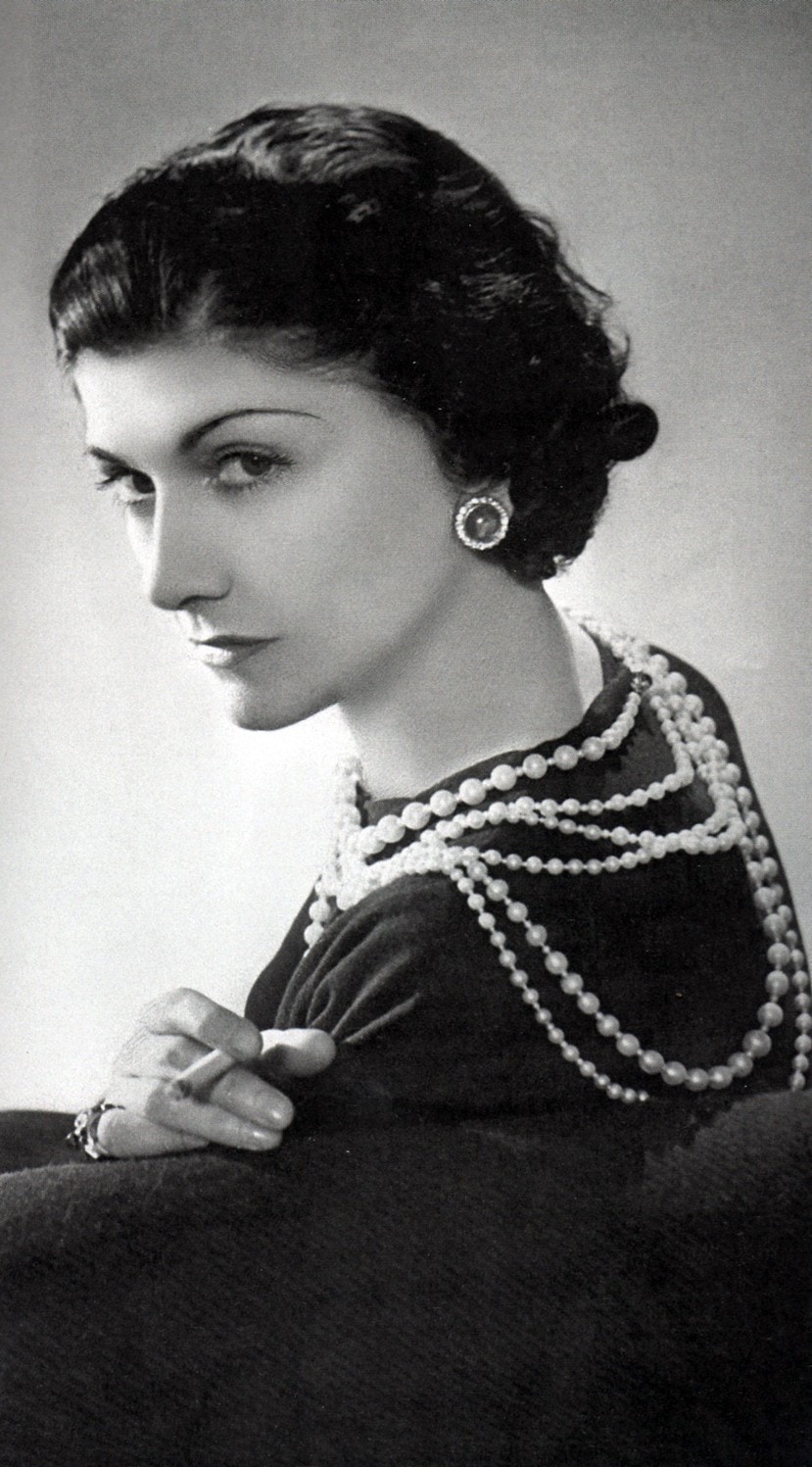
Other famous personalities that brought pearls into the eye of fashion include Elizabeth Taylor, Princess Diana, Grace Kelly, Jaqueline Kennedy, and Audrey Hepburn. What all these women had in common were exceptional fashion sense and style icons who influenced fashion trends. On a side note, Jaqueline Kennedy’s famous triple-strand pearls were in fact imitation glass beads. Who says you have to spend a lot to have the look of the First Lady?
By around the 1990s, pearls began cycling out of fashion. People began to perceive pearls as outdated and old-fashioned, suitable for older ladies. Demand for pearls declined and the gemstone took a back seat.
However, recently, pearls have come back into the fashion limelight and are currently one of the fashion world’s hottest items.
Celebrities such as Kate Middleton, Michelle Obama, Angelina Jolie, Kiera Knightley, and Scarlett Johansson are wearing pearls on the world’s stage and bringing them back into the center of a fashion focus. Jewelry designers are making pearls cool again, with edgy, interesting, and unique designs.
Pearl and Jewelry Designs Today
Today, pearls no longer have to be formal or fussy; they are not ‘your grandmother’s pearls’. Rather, they come in a range of designs and styles to suit every taste.
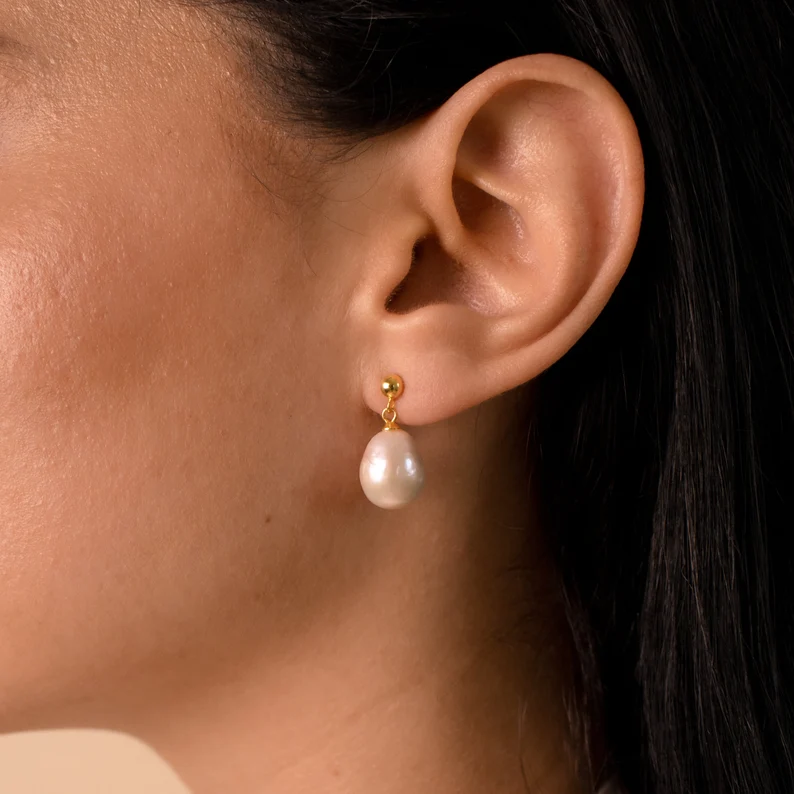
Traditionally, gently graduating pearl strands were the most sought-after style for pearl necklaces but around the mid-1990s, large pearls came into fashion. Strands made of uniform-sized, large pearls like this one were a twist on the traditional pearl strand.
Classic and dainty pearl pendants like this gorgeous pink one are stylish and modern. They add that touch of sophistication but are affordable and go well with almost any outfit.

Pearl stud earrings are also highly popular and are great for any occasion. Unlike diamonds, pearls have more warmth and light and have the perfect balance of stylish elegance combined with a modern look. They are also generally very affordable.
There are many varieties of pearls on the market. This includes different shapes and colors. While traditionally pearls are seen as the perfect spherical shape, white in color with soft overtones, today people are gravitating towards more unique types of pearls.
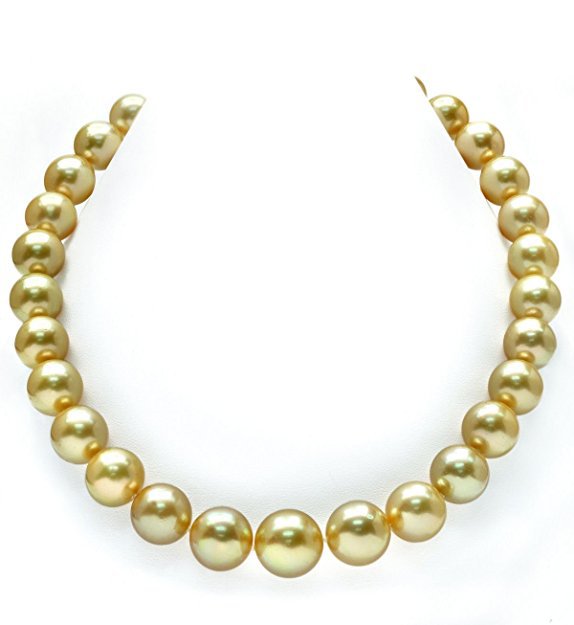
Baroque shapes, once seen as imperfect and undesirable, are now in demand. Each baroque pearl is different from the others, reflecting the rising trend for unique and non-conventional jewelry designs. Different colored pearls such as black and gold are also highly sought after. They provide a modern twist to the age-old styles of pearl jewelry. These varieties have injected new life into the pearl fashion scene. These days, the more unconventional the pearl, the better.
Today, pearls continue to enjoy the status that they always have, and are still highly desired and sought after. But unlike in the past when only the upper echelons of society could enjoy these alluring gems, pearls are accessible to all. Pearls offer something for everyone and will always remain a jewelry staple. As Jackie Kennedy so correctly stated, ‘Pearls are always appropriate‘.


